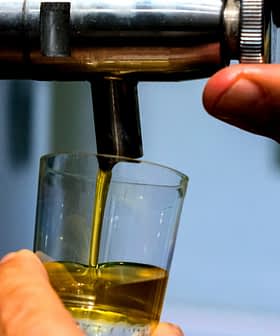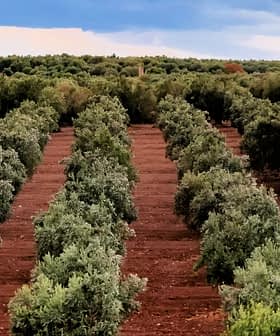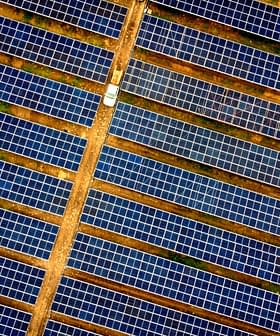 5.2K reads
5.2K readsBusiness
Olive Oil Consumption Slumps in Europe as High Prices Persist
Rising olive oil prices in Spain are causing the product to become a luxury item, with producers warning of potential impacts on demand both domestically and internationally. Despite recent price drops, challenges remain for olive oil producers as consumer perceptions shift and costs of production continue to rise, leading to a predicted decrease in consumption for the upcoming crop year.
Santiago Miralles, deputy president of the Spanish Federation of Food Banks, recently said rising olive oil prices are transforming the product into a luxury good.
“We bought olive oil for €2.33, but now it is up to €5.00 per liter,” he told local media. “It is not a necessity anymore; it is a luxury.”
Miralles’ words echo those of the country’s olive oil producers. They believe that the product’s high price might be affecting overall demand in Spain.
See Also:Spain’s 2022 Olive Oil Sales only Slightly Lower than ExpectedThe Spanish Association of Olive Oil Exporters, Industry and Commerce (Asoliva) and the National Association of Industrial Packers and Refiners of Edible Oils (Anierac) noted that the price at origin rose 60 percent in the last year. In comparison, retail prices have risen by 35 percent.
The European Commission’s market observatory said the price at origin increased slightly less in Italy (51 percent) and in Greece (42 percent).
Asoliva and Anierac warned that current olive oil price dynamics are certain to affect local and international demand.
On the heels of this warning, Spain’s Ministry of Agriculture, Fisheries and Food said last month’s olive oil sales amounted to 89,000 tons, 37,000 tons of which were sold domestically.
According to Agropopular, those volumes are well below the 100,000 tons usually sold monthly. Furthermore, Spanish exporters said shipments in December had already dropped by 30 percent compared to the same period of the previous year.
Poolred, an olive oil price database run by the Andalusian government, shows that all grades of olive oil have progressively increased their price at origin, reaching their peaks around mid-January.
A portion of the increases has been associated with the reduced olive oil yields across the western Mediterranean, related uncertainties and rising costs for producers.
Since mid-January, though, price dynamics have begun to change. Extra virgin olive oil prices dropped from €5.46 per liter in mid-January to €5.20. Prices for virgin olive oils and lampante also fell.
Some industry observers noted that the slight price drop would not immediately affect the product demand, which is expected to remain low as consumers struggle with challenging circumstances.
Chief among these is inflation. Despite recent decreases in annual inflation rates across the European Union, but most notably in Spain, higher prices for a range of goods and services continue to impact consumer food purchase decisions.
Coldiretti, an Italian agricultural association, has estimated that Italian families spent 8 percent more on groceries in 2022 than the previous year.
To prevent consumers from choosing cheaper alternatives to olive oil, producers have reduced their margins not to lose market share, maneuvering in the narrow space left by the rising costs of production inputs, including electricity, fuel, fertilizer and packaging materials.
However, as Miralles previously suggested, consumer perception around olive oil might be changing, which prompted Spanish Minister of Agriculture Luis Planas to ask the entire sector to work together to keep prices affordable for families last November.
The recent introduction of a reduced VAT (value-added tax) for the sector in Spain has been praised by producer associations. However, they said the tax on plastic reduced the benefits reaped from the measure.
Additionally, a slowdown in olive oil consumption might lead large national and international buyers to wait for the market dynamics to settle before negotiating new contracts, which, in turn, might further slow down sales and hit producers’ margins.
In Italy, Europe’s second-largest market in terms of volumes, olive oil prices remain stable, with extra virgin olive oil prices not showing any signs of falling.
Specialty products, including olive oils with a Protected Designation of Origin, are selling for €8.50 per kilogram in Chieti, €12.50 in Imperia, €14.00 in Florence and up to €24.00 in Ravenna.
“Whoever knows the sector already knows that we significantly reduced our margins last year, but there are factors beyond our control that affect the product’s final price,” said Primitivo Fernández, Anierac’s director.
Current estimates of the International Olive Council (IOC) for the 2022/23 crop year show E.U. olive oil consumption dropping to 1.4 million tons from 1.55 million tons in the previous crop year.
Global consumption is also expected to slow from 3.239 million tons to 3.055 tons.









